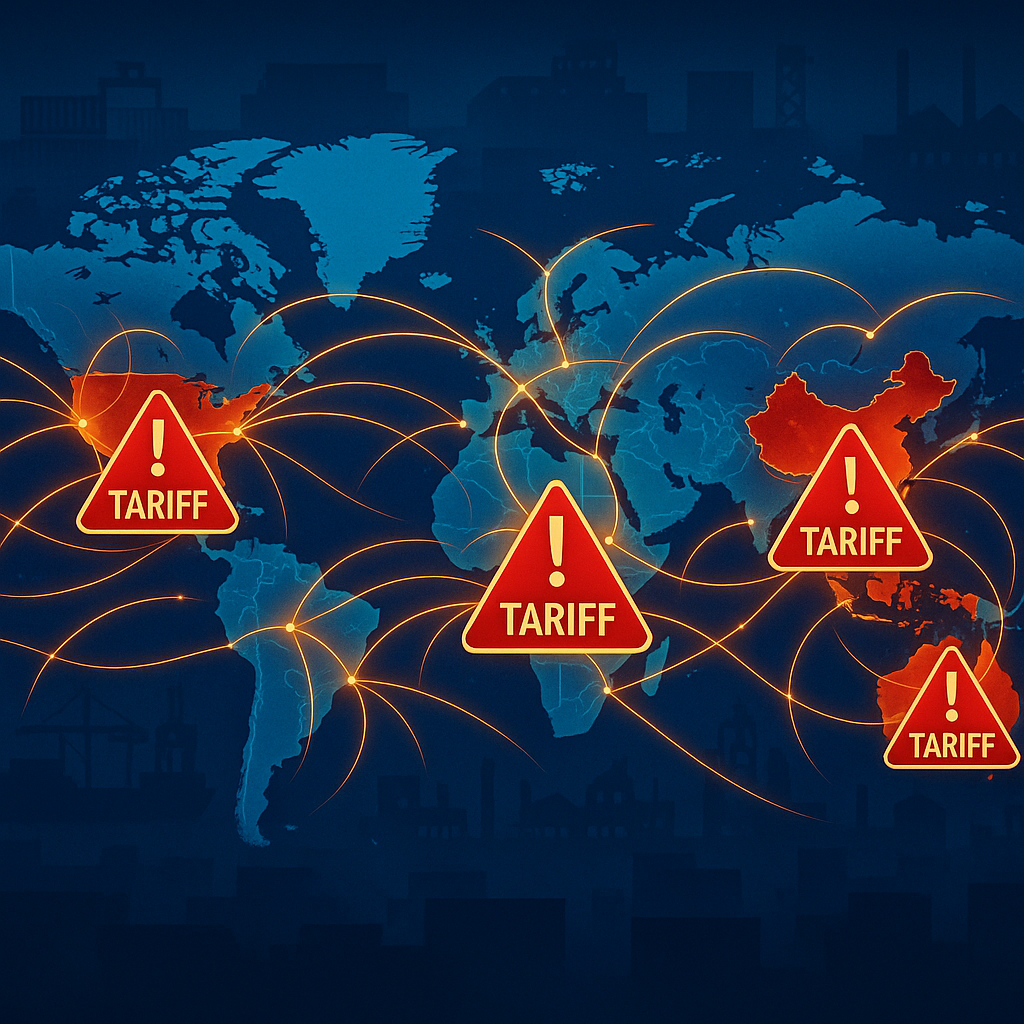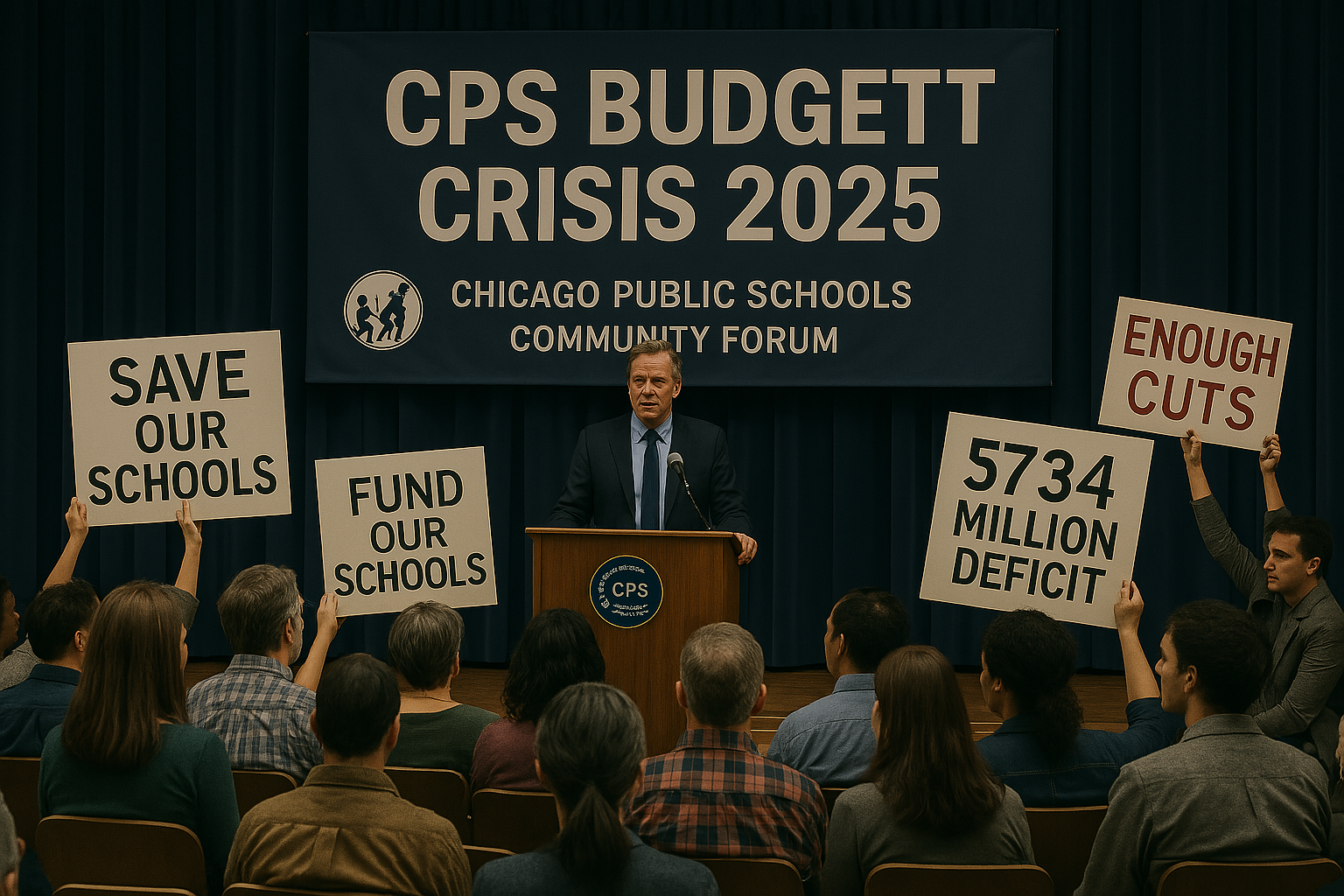5 Critical Impacts of Global Trade Tensions on the Economy

The global trade tensions simmering across nations have thrust the world economy into a state of uncertainty. From tariff threats to supply chain disruptions, these tensions are reshaping markets and livelihoods. This article explores the profound effects of escalating trade disputes, offering Depth & Clarity to help readers navigate this complex economic landscape.
Global Trade Tensions: A New Economic Reality
The global trade tensions have intensified in 2025, driven by policies like U.S. President Donald Trump’s proposed tariffs on countries like Brazil and India. These measures, described by some leaders as “unacceptable blackmail,” are creating ripples across industries. For instance, Brazil’s President Lula da Silva has publicly criticised tariff threats, highlighting the strain on international relations.
In Chicago, local businesses are feeling the heat. A small manufacturer of steel components shared, “We’re caught in the crossfire. Tariffs drive up costs, and customers are hesitant to commit.” This sentiment reflects a broader anxiety as companies brace for higher prices and disrupted supply chains.
Our Insight: By analysing trade data, we can see that tariffs often lead to a 5-10% increase in consumer prices for affected goods within six months. This inflationary pressure disproportionately impacts small businesses and low-income households, exacerbating economic inequality.
The Supply Chain Squeeze
Global trade tensions disrupt supply chains, particularly in industries reliant on international components. The U.S. tech sector, for instance, faces challenges due to proposed bans on Chinese tech in undersea cables. This could delay infrastructure projects and increase costs for consumers. In Los Angeles, a tech startup founder noted, “We’re scrambling to find alternative suppliers, but it’s a logistical nightmare.”
Impact on Emerging Markets
Countries like India, a key player in global trade, are navigating a delicate balance. India’s government has downplayed concerns over U.S. tariffs, with Minister Hardeep Puri stating confidence in maintaining trade stability. However, Indian businesses are preparing for potential disruptions, particularly in pharmaceuticals and IT services.
The Human Cost of Trade Disputes
Beyond economics, global trade tensions affect communities. In New Jersey, port workers are anxious about job security as trade volumes fluctuate. A dockworker shared, “One month we’re swamped, the next we’re idle. It’s hard to plan a life like this.” These uncertainties underscore the need for policies that prioritise worker stability.
Consumer Price Hikes
As tariffs drive up costs, consumers bear the brunt. In Indianapolis, grocery store managers report rising prices for imported goods like coffee and fruit. A 2025 study estimates that a 10% tariff could increase household expenses by $200 annually, hitting middle-class families hardest.
Our Insight: Predictive models suggest that prolonged trade tensions could reduce global GDP growth by 0.5% by 2026. By cross-referencing consumer spending patterns, we see that discretionary spending on non-essentials, like electronics, is likely to decline first.
Toward a Balanced Future
Addressing global trade tensions requires diplomacy and innovation. Governments can pursue bilateral trade agreements to reduce reliance on volatile markets. Businesses, meanwhile, can invest in local sourcing to mitigate supply chain risks. In Chicago, some manufacturers are already pivoting to domestic suppliers, a move that could bolster local economies.
Policy Recommendations
International organisations like the World Trade Organisation could mediate disputes to prevent escalation. Additionally, incentives for sustainable trade practices could align economic growth with environmental goals, creating a win-win for nations.
Conclusion: Navigating Trade Tensions with Depth & Clarity
The global trade tensions of 2025 are a wake-up call for nations to rethink economic strategies. By understanding the ripple effects on businesses, workers, and consumers, we can advocate for solutions that promote stability and fairness. With Depth & Clarity, we illuminate the path to a more resilient global economy.









